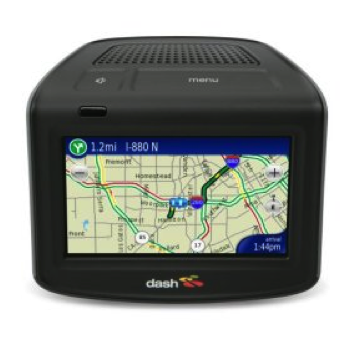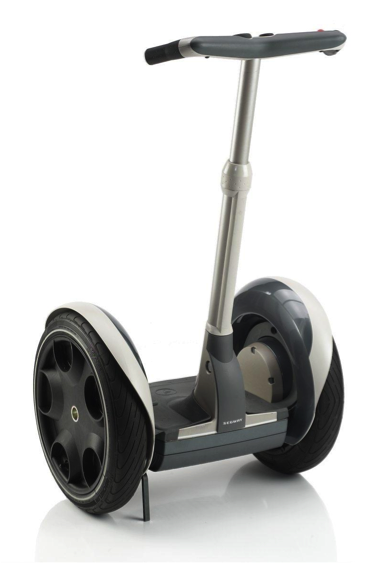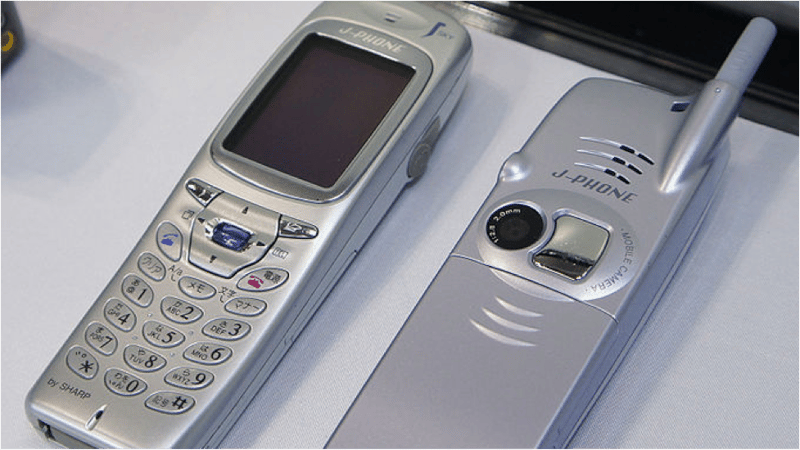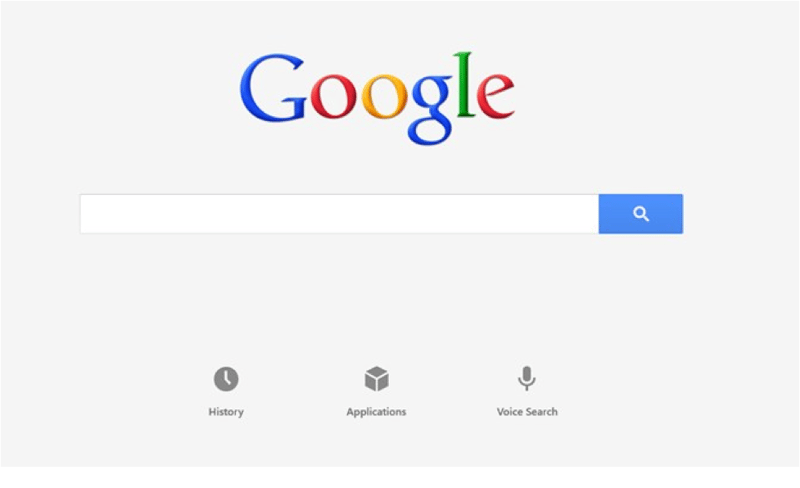- Solutions
-
Products
-
Resources
Sales Automation Tools | Cirrus Insight by Kristi Campbell View all Blog Posts >Get the App, Get the Sidebar, & Get Your Trial Going HereUnleash limitless growth opportunities by partnering with Cirrus Insight.
- Pricing
Filter By:
- All topics
- Sales Productivity
- Sales Intelligence
- Salesforce
- Sales Strategy
- Sales Prospecting
- Book More Meetings
- Best of
- Company News
- Product
- Sales Leadership
- CRM Admininstration
- Sales Metrics
- Supercharge Sales Activity
- Team Scheduling
- Admin
- serious insights
- Prospect Smarter
- Sales Activity Data
- Sales Forecasting
- Scheduling Solutions
- Prospect Faster
- Auto-Sync Everything To Your CRM
- Chrome
- Comparison
- Financial Services
- For Admins
- Getting Started
- IT & Security
- outlook
Subscribe to our Blog for the Latest Insights
Join our blog community to stay informed and receive fresh content and actionable tips directly in your inbox.
Technological Advances since 2000: What’s Next?
Article Updated 1-28-2016
Since the dawn of time, humans have invented new creations to make life a little easier, like the invention of the wheel, or light bulb, or the first car. Even the 90’s saw great improvement with the transition from Video Home System (VHS) to Digital Video Disk (DVD). However, we highly doubt that a generation has seen such a burst of invention like we have since the year 2000.
One of the most common devices used by drivers today, the Global Positioning System was made available to the public by Congress authorization in 2000. For nearly 30 years beforehand, the GPS was commonly used by military or navy officers to better navigate their forces. Today, the GPS has transitioned to a smaller, more functional design as opposed to the chunky system it was in 2000.

Another top invention rolled out closely thereafter in the fall of 2000. Toyota released the first hybrid car ever, the Prius. Nearly 15 years later, the company is still rolling out top-of-the-line fuel efficient cars. Widely popular, the Prius gets about 49 MPG on average. A brand new Prius can cost anywhere from $23k-$29K. Toyota released on July 17th that they are working on the next big thing in the automotive industry: Hydrogen Powered Cars.
Commonly seen in shopping malls and amusement parks today, the Segway was invented by Dean Kamen in 2001.

Another fascinating invention of the early 2000s? I’ll give you a clue. It’s something everyone has, and can be used for a variety of functions: searching the web, scanning QR codes, taking “selfies." If you guessed your camera phone, you guessed correctly! The first camera phone was invented in 2002. Otherwise known as the JPhone, the first camera phone was invented in Tokyo, Japan. Today, every smart phone user has a camera phone and uses it for a variety of ways.

Interesting side note: the picture ever sent around the mobile network was NOT taken with a camera phone. Rather, Philippe Kahn hacked together a digital camera and cellular device to send a picture of his newborn daughter to over 2,000 people. Kahn later went on to develop photographic technology used by mobile service providers such as Sprint and Verizon today.
Let's move on from pictures to videos. It’s hard to believe, but everyone’s favorite video watching database hasn’t been around forever. Shocking, I know! But YouTube first launched in 2005. The first video ever posted was po826sted is titled “Me at the Zoo” by Jawed Karim, a co-founder of the viral website, on April 23, 2005. “Me at the Zoo” has 15,427,910 views as of July 21, 2014 at 12:20 pm. Karim’s zoo video can be seen here.

In 2003, just two years after the launch of their first iPod the First Generation, Apple launched iTunes.
In 2004, perhaps the most widely used electronic resource was made available to the public. Google’s search engine hit over one billion unique monthly users in 2011. For another fascinating list of all things Google, you can go here.

Most young children in today’s generation will tell you the best invention of the decade was Nintendo’s Wii in November 2006. A console that can play both Nintendo Gamecube games AND Wii games delights the masses. Although the graphics aren’t like what you would see playing Skyrim on your X-Box 360, the bright design of the Nintendo Wii delights young and old alike, providing fun, entertaining gameplay that isn’t just in the game anymore, but in your living room.

Another invention of the 2000’s is still up for debate among users. The Amazon Kindle was first released in 2008 as a basic platform for reading Ebooks hosted from the Amazon platform. Now, Kindle has many various styles and systems available to consumers. Book readers have mixed emotions about the dawn of the eReaders. Many are passionate about the feel of the pages or binding in the palm of a hand. There’s just something a little cold about reading a screen, they argue. However those on the side of the eReaders push the convenience of what it can be to have all of their books in one place. No more having to wait for the book to hit US shelves; with Amazon One-Click, users can download new books right to their devices.

Other neat inventions since the year 2000 include:
1. Text Messaging was made available to the public in 2000; the first text message was sent
December 03, 1992 that read “Merry Christmas.”
2. Wikipedia, the world’s largest database of user-generated content was also unveiled in 2001.
3. Birth Control Patches were invented in 2002, a huge step in the Feminist movement.
4. DirectTV was launched in 2004, taking the digital world (and DVR) to the next level.
5. The iPhone was introduced in 2009, and launched an all-out invasion of the smartphone into mainstream culture.
What's In Store for the Future?
So now that we’ve seen where we’ve been, we can focus on where we’re going. What’s next for the technological advances of the 21st century?
Have you heard of the Terrafugia? Scientists promise they are well on their way to developing the world’s first flying car. Still in testing, the Terrafugia promises conveniences, simplicity, and safety all in one sleek, sophisticated design.
Our history as a highly inventive, progressive nature promises for our future a successful, productive advancement in the world of technology. Just ten years ago, websites like YouTube and Wikipedia, or Google, were mere dreams in the hearts of their Co-Founders. Imagine what new technological advances will roll out over the next 10 years. As advanced as technology is now, the possibilities are virtually limitless.






